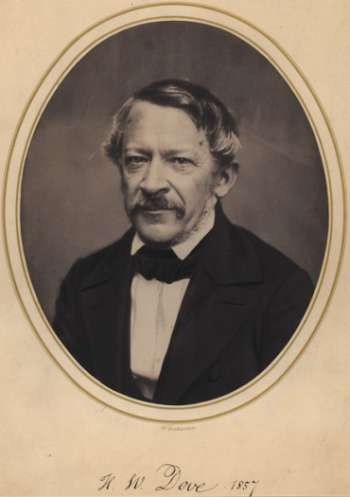A short discussion on binaural beats:
My career as an audio Mixer
(sound designer) has
been fascinating both in

terms of the people I've
met and in terms of the stuff that I've learned
about the technical aspects of creating and
manipulating sounds. Perhaps one of the more
interesting of the technical aspects has been the
binaural beat technology (BBT). In nature, two
sounds that are similar but slightly different in
frequency will beat to produce two new frequencies
which are the average and the difference of the
original two sounds. For example, a 300 Hz tone and
a 310 Hz tone will form a ~305 Hz tone which will
beat 10 times per second.(Don't let this
technical stuff get you down - thats about as hard
as it gets)
The brain produces a similar phenomenon internally,
resulting in low-frequency pulsations in the
loudness of a perceived sound when two tones at
slightly different frequencies are presented
separately, one to each of a subject's ears, using
stereo headphones. A beating tone will be
perceived, as if the two tones mixed naturally, out
of the brain.
Heinrich
Wilhelm Dove discovered this more that 100 years ago. This idea was picked up by Gerald
Oster's article "Auditory Beats in the Brain"
Scientific American, 1973). Since then, much research has

been done
documenting the effects of biaural beats on the
brain and nervous system. As you probably know,
your brain is composed of billions of neurons
(nerve cells) which exhibit a characteristic
signature, which can be measured with an EEG. The
dominant frequency determines your current state.
For example, if in someone's brain alpha waves are
dominating, they are in the alpha state (this
happens when one is relaxed but awake). However,
also other frequencies will be present, but with
smaller amplitudes.
 terms of the people I've
met and in terms of the stuff that I've learned
about the technical aspects of creating and
manipulating sounds. Perhaps one of the more
interesting of the technical aspects has been the
binaural beat technology (BBT). In nature, two
sounds that are similar but slightly different in
frequency will beat to produce two new frequencies
which are the average and the difference of the
original two sounds. For example, a 300 Hz tone and
a 310 Hz tone will form a ~305 Hz tone which will
beat 10 times per second.(Don't let this
technical stuff get you down - thats about as hard
as it gets)
The brain produces a similar phenomenon internally,
resulting in low-frequency pulsations in the
loudness of a perceived sound when two tones at
slightly different frequencies are presented
separately, one to each of a subject's ears, using
stereo headphones. A beating tone will be
perceived, as if the two tones mixed naturally, out
of the brain.
Heinrich
Wilhelm Dove discovered this more that 100 years ago. This idea was picked up by Gerald
Oster's article "Auditory Beats in the Brain"
Scientific American, 1973). Since then, much research has
terms of the people I've
met and in terms of the stuff that I've learned
about the technical aspects of creating and
manipulating sounds. Perhaps one of the more
interesting of the technical aspects has been the
binaural beat technology (BBT). In nature, two
sounds that are similar but slightly different in
frequency will beat to produce two new frequencies
which are the average and the difference of the
original two sounds. For example, a 300 Hz tone and
a 310 Hz tone will form a ~305 Hz tone which will
beat 10 times per second.(Don't let this
technical stuff get you down - thats about as hard
as it gets)
The brain produces a similar phenomenon internally,
resulting in low-frequency pulsations in the
loudness of a perceived sound when two tones at
slightly different frequencies are presented
separately, one to each of a subject's ears, using
stereo headphones. A beating tone will be
perceived, as if the two tones mixed naturally, out
of the brain.
Heinrich
Wilhelm Dove discovered this more that 100 years ago. This idea was picked up by Gerald
Oster's article "Auditory Beats in the Brain"
Scientific American, 1973). Since then, much research has been done
documenting the effects of biaural beats on the
brain and nervous system. As you probably know,
your brain is composed of billions of neurons
(nerve cells) which exhibit a characteristic
signature, which can be measured with an EEG. The
dominant frequency determines your current state.
For example, if in someone's brain alpha waves are
dominating, they are in the alpha state (this
happens when one is relaxed but awake). However,
also other frequencies will be present, but with
smaller amplitudes.
been done
documenting the effects of biaural beats on the
brain and nervous system. As you probably know,
your brain is composed of billions of neurons
(nerve cells) which exhibit a characteristic
signature, which can be measured with an EEG. The
dominant frequency determines your current state.
For example, if in someone's brain alpha waves are
dominating, they are in the alpha state (this
happens when one is relaxed but awake). However,
also other frequencies will be present, but with
smaller amplitudes.